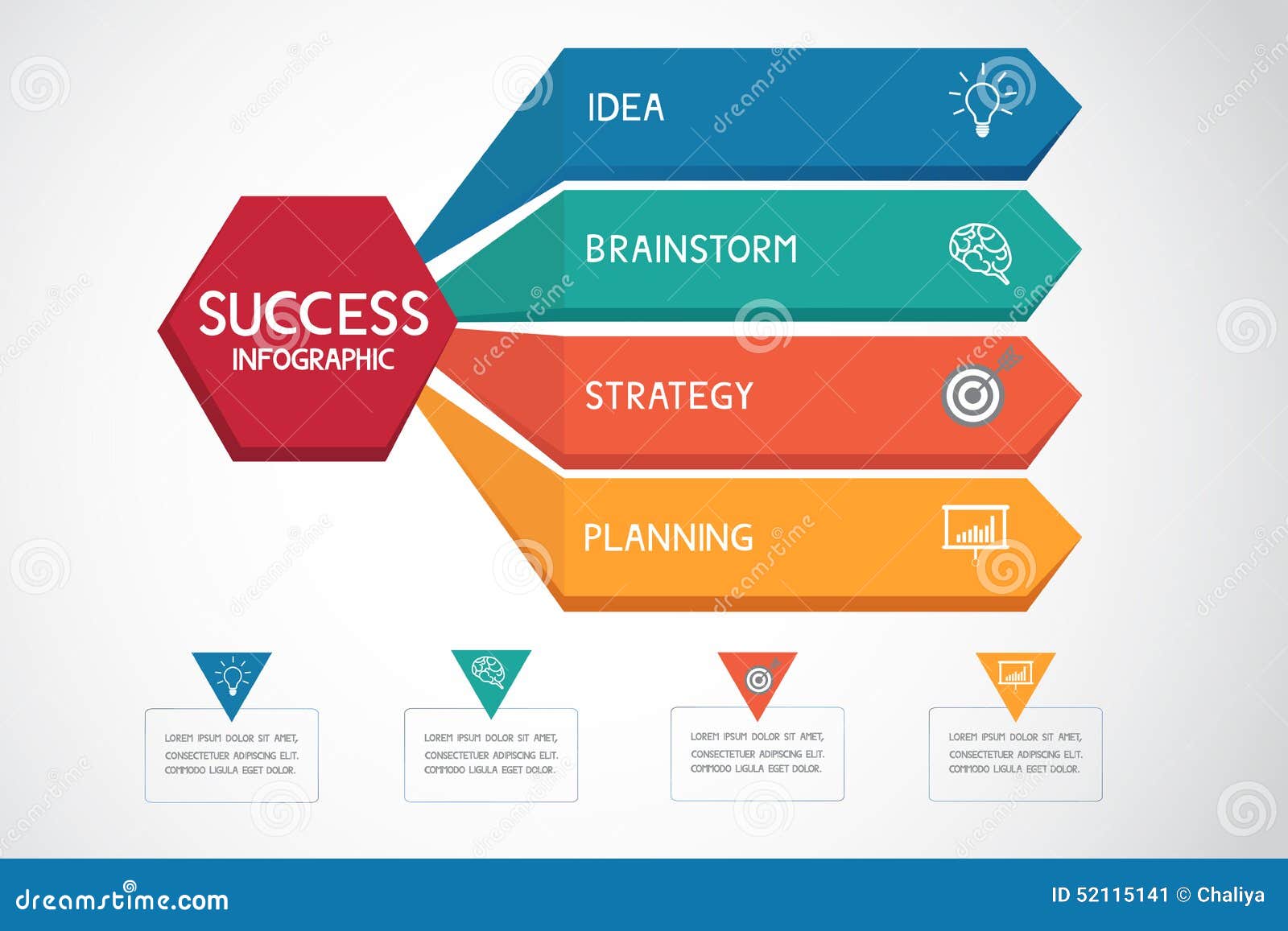Website Style Basics: Tips For Structure A User-Friendly Site
Website Style Basics: Tips For Structure A User-Friendly Site
Blog Article
Posted By-Abildtrup Thorpe
When it comes to internet site design, guaranteeing user-friendliness is key. From receptive style to structured navigation, every component plays a vital duty in developing a site that accommodates your target market's demands. Yet what concerning the better details that can make or damage a user's surfing experience? Keep tuned as we discover some often-overlooked pointers that can elevate your site's use to the following degree, making it genuinely stand apart in the digital landscape.
Importance of Responsive Style
Responsive design is a critical facet of contemporary website growth. Guaranteeing your website is responsive ways that it can adapt to various display dimensions and devices, supplying a smooth experience for customers.
With the boosting use smartphones and tablets to access the net, having a receptive design is necessary for getting to a broader target market. It helps in improving individual experience by making your internet site easy to browse and keep reading any kind of gadget.
Additionally, responsive style can favorably affect your online search engine rankings, as internet search engine like Google focus on mobile-friendly sites. By having a receptive design, you're also future-proofing your web site, as brand-new devices with differing display dimensions continue to arise.
Simplify Navigating Structure
To enhance user experience and help with simple access to information on your website, streamlining the navigating structure is paramount. When developing your site, focus on developing a clear and intuitive navigating food selection that helps visitors locate what they're seeking quickly.
Limitation the number of food selection items to the essentials, grouping relevant pages with each other to stay clear of overwhelming customers. Use detailed tags that plainly show the content of each page, making it simpler for customers to recognize where each web link will take them.
Think about executing dropdown menus for subcategories to prevent jumbling the major navigating bar. Furthermore, include a search bar prominently on the web page for customers who prefer searching for details info.
https://risk-management-loveland00009.bloggerchest.com/31948364/the-environment-friendly-hosting-movement-environmentally-friendly-web-solutions in your navigating style to make sure easy accessibility on all devices.
Enhance Web Page Load Speed
Improving page tons speed is important for keeping visitors on your internet site. Slow-loading pages frustrate customers and can bring about high bounce prices. To optimize web page tons speed, beginning by optimizing images. Press photos without endangering quality to decrease their data sizes.
Furthermore, allow web browser caching to keep frequently accessed resources in your area, speeding up load times for returning site visitors. Minify CSS, JavaScript, and HTML files by eliminating unneeded characters, comments, and formatting, enhancing load rate.
Think about utilizing mouse click the next web page (CDN) to disperse your site's content across numerous web servers worldwide, minimizing latency for customers accessing your site from different places. Last but not least, limit using third-party manuscripts and plugins, as they can substantially affect load times.
Final thought
In conclusion, by incorporating receptive layout, simplifying navigating, and enhancing web page lots speed, you can create a straightforward site that appeals to a wider target market and boosts individual experience. These essential elements guarantee that site visitors can quickly access and browse your site across different tools, causing enhanced engagement and complete satisfaction. By focusing on these key facets, you can develop an effective website that keeps individuals returning for more.
